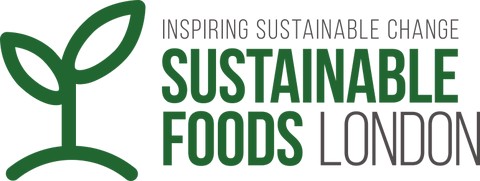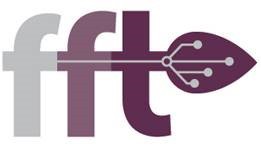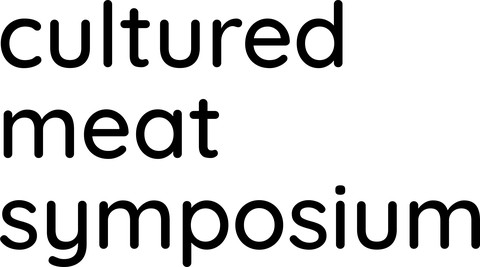Cultivated Abundance: The man who saved a billion lives
April 7, 2020 - 7 min read
This post comes from my upcoming book, Cultivated Abundance, which will be published by New Degree Press in July 2020. You can pre-order a copy of the book and join an exclusive group of beta readers at this link.
Just as World War II came to a close, the world found itself facing a new threat: the “Population Bomb”. In an eponymous book published in 1968, Stanford University Professor Paul R. Ehrlich noted that the rate of population growth would outpace agricultural production, leading to widespread famine and subsequent suffering in the 1970s and 1980s. Many now look back at that prediction and shame it as another example of fear-mongering about a Malthusian catastrophe that has been often repeated throughout history but never come to pass. The problem with these critiques in retrospect is that they assume it was rational to expect events to occur in the way they did to prevent the catastrophe. Essentially, claiming that concerns about a wide-spread famine were unfounded would only be logical if it was highly probable that the events that prevented that famine would occur as they did.
In fact, the events that prevented mass famine and starvation were anything but probable. A global famine that would have threatened the lives of more than one billion people was prevented in large part by the work of one man who never intended to take up that work in the first place. In spite of his monumental impact on the lives of billions of people, few enough know his name even today. That man was Norman Borlaug.
Norm, as Borlaug was known to all who worked with him, came from humble beginnings. He was born in a small town in the northeastern corner of Iowa, where he grew up on a farm and attended classes in a one-room schoolhouse. As he came of age in the midst of the Great Depression, Norm experienced firsthand the effects of the existing agricultural practices and how the resulting Dust Bowl devastated crop yields, soil quality, and the lives of farmers. These experiences impressed upon him that there had to be better ways to farm while preserving the land.
Norm went on to become the first in his family to attend college. He initially intended to train to become a high school science teacher but ended up studying forestry so he could enter the US Forestry Service as a Forest Ranger. The year of Norm’s graduation, however, budget cuts terminated the position for which he would have been hired. He was told that a spot may be available in six months. In the interim, Norm took a few extra credits in college and attended a lecture that would shape the rest of his life. Dr. Elvin Stakman, the head of the plant pathology department, gave the lecture on the topic of rust, a fungal disease that significantly reduces yields of wheat and a number of other cereal crops. At the end of that lecture, Dr. Stakman made a statement that would have strained credulity at the time, but which Borlaug’s work proved to be true. The science of rust resistance, Dr. Stakman said, would “go further than has ever been possible to eradicate the miseries of hunger and starvation from this earth.”
After that lecture, Borlaug’s life took a different path. He decided to pursue a doctorate in plant pathology at the University of Minnesota, and graduated in 1942 just after the United States had officially entered World War II. Norm went on to work for DuPont Corporation for two years as part of his wartime service. While at DuPont, Norm was approached by the Rockefeller Foundation to join a new project they were funding in rural Mexico. That project appointment, which Borlaug accepted, was to develop a rust-resistant wheat that would alleviate the food insecurity that plagued many Mexican communities.
“In 1944, when Borlaug arrived in Mexico, its farmers raised less than half of the wheat necessary to meet the demands of the population. Rust perennially ruined or diminished the harvest,” Professor R. Douglas Hurt, of the Department of History at Purdue University, observed. In Mexico, Norm worked with the local organization Centro Internacional de Majoramiento de Maize y Trigo (CIMMYT). Initially, it was tough for Borlaug. The local farmers had little reason to trust a young American who did not speak their language and were hesitant to adopt new farming techniques that they thought may leave them in an even more precarious situation.
But Norm, famous now for his work ethic, persevered, learning the local Spanish dialect and working long days in the fields breeding new strains wheat. “Borlaug labored for 13 years before he and his team of agricultural scientists developed a disease resistant wheat,” Professor Hurt states, “[But] still problems remained.” The primary problem was that the new rust-resistant wheat did not have stems strong enough to hold the now heavy heads of grain. As a result, the plants would blow over under heavy wind and rain, a process known as “lodging.”
To solve this new problem that stood between Borlaug and his goal of a self-sufficient Mexico, he looked to a dwarf strain of wheat from Japan. He sought to breed this dwarf strain with his rust-resistant strain, producing a wheat that could tolerate the hot, dry climate of northern Mexico without lodging during storms. But time was short. Without this new semi-dwarf wheat strain, Borlaug’s rust-resistant wheat was of limited use due to its vulnerability to storms.
To accelerate his breeding efforts, Borlaug developed a new method known as “shuttle breeding.” He grew two separate crops of wheat, one in the semi-arid, irrigated plains of Ciudad Obregón in Sonora and the other in the region of Toluca at an altitude or 2600m and under 1000mm of rainfall during the growing season. To take advantage of the two different growing seasons, he would harvest the crop from one region and shuttle the seeds to the other for planting. It also doubled Borlaug’s output per year compared to his peers.
This method effectively bred for a rust-resistant strain of wheat that could grow in most warm climates, since the same wheat was bred in two different climates. The result, a rust-resistant, semi-dwarf wheat, was broadly considered an agricultural miracle. Further, Norm’s unconventional shuttle breeding also led his wheat to be photoperiod insensitive, meaning that two crops per year could be cultivated, massively increasing the calories that could be produced per acre. Aided by irrigation and fertilizers, Borlaug’s wheat enabled Mexico to achieve grain self-sufficiency in 1956, something many others thought would be impossible for many more years.
But Norm did not consider this a victory. Rather, he considered it “a temporary success in man’s war against hunger and deprivation.” He recognized that the “Population Bomb” was still looming large in Asia, Africa, and the Middle East, and that further work was needed to ensure food security and stability in those regions. Norm was known to say that “world peace will not be built on empty stomachs.” Indeed, that statement would describe his life’s work.
Norman Borlaug remains the only agricultural scientist to have ever been honored with the Nobel Peace Prize. He is also one of its least known recipients. His work is perhaps the single most important reason that food production expanded faster than human population everywhere in the world outside sub-Saharan Africa. His miracle wheat and rice ended cycles of famine in many countries and prevented mass starvations that would have numbered in the hundreds of millions in the following years. It is ironic that his name is largely unrecognized compared to his peer Nobel Peace Prize Laureates, given that he has “probably saved more lives than all of them put together.” Indeed, Borlaug is today frequently dubbed “the man who saved a billion lives.”


















